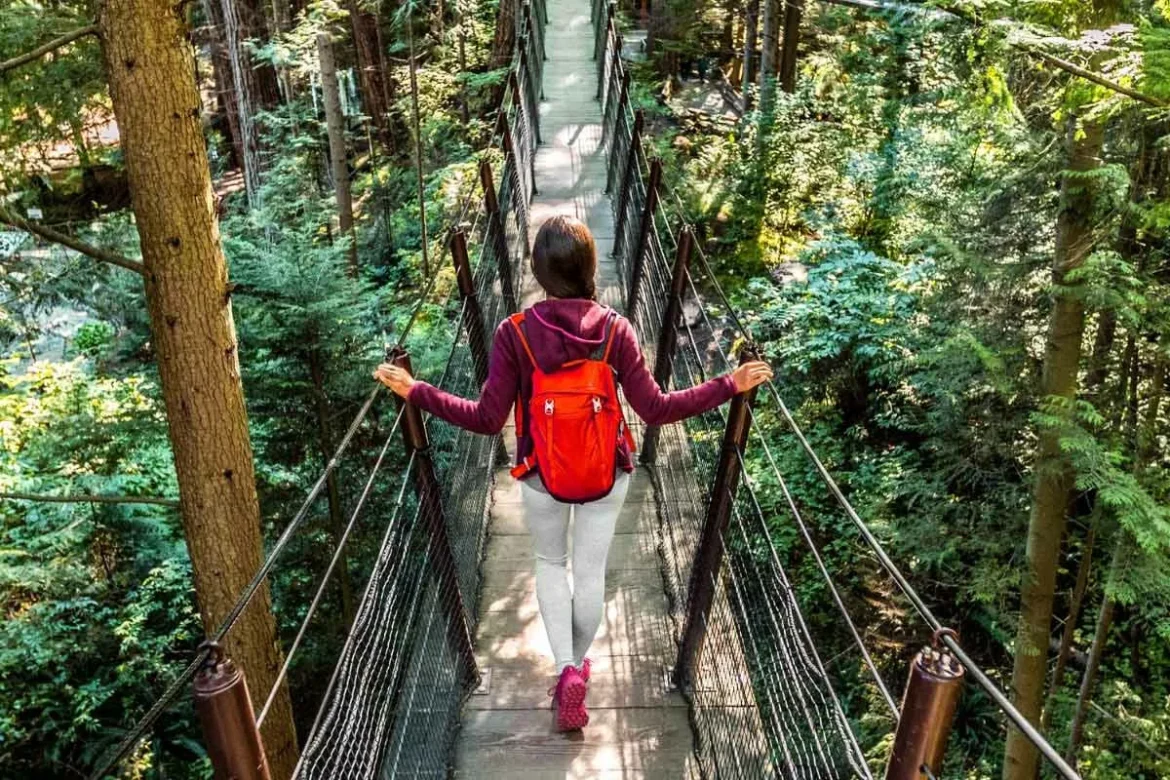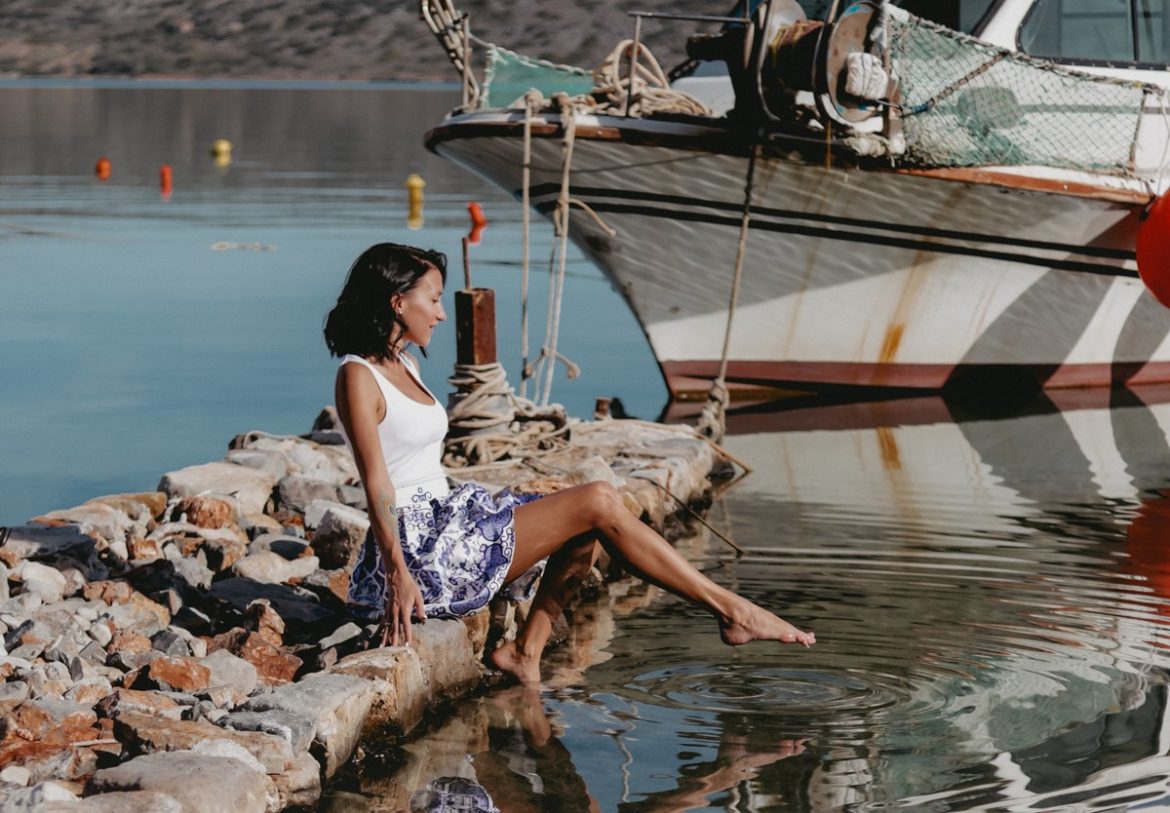In a land defined by superlatives—the tallest tower, the most luxurious hotels, the most ambitious visions—there exists a currency more valuable than any other. It isn’t traded on public markets, and its value isn’t denoted in dirhams or dollars. This currency is access.
Beyond the glittering facades and bustling business hubs of the UAE lies a silent, powerful network: private circles, invitation-only societies, and digital enclaves where the future of the region is often shaped before the first brick is laid or the first public announcement is made.
This is the world of the 1%. Not merely the wealthiest, but the most connected, the most forward-thinking, the most discreet. The question isn’t just about their wealth; it’s about their information.
The Invisible Gates
How does one find themselves within these circles? The first rule is: you don’t find them. They find you. Or, more accurately, your mindset and potential find them.
Membership is rarely about a public portfolio of achievements. It’s about a shared ethos—a recognition of value that lies beyond the obvious. These groups are curated with the precision of a master art collector, seeking not just financial capital, but intellectual and social capital.
The gates are guarded not by bouncers, but by algorithms of influence, personal recommendation, and a keen eye for potential. They exist in plain sight yet remain invisible to the uninitiated. A private dinner in a DIFC penthouse, an encrypted forum discussing a nascent technology, a retreat in the Hajar mountains focused on “future-proofing” assets—these are the modern-day salons where deals are struck and trends are born.
The Architecture of Exclusion (And Why It Exists)
Why such exclusivity? In an age of oversharing, silence is the ultimate luxury. The value of these circles is predicated on their selectivity. The information shared within them is potent precisely because it is not available to the masses. It is early, it is raw, and it is powerful.
For their members, it provides an unparalleled advantage:
-
First-Look Advantage: The chance to evaluate and engage with new platforms, ideas, and initiatives long before they hit the mainstream market.
-
Network Intelligence: A trusted, vetted community where a conversation can yield insights no public report ever could.
-
Collective Power: The ability to move in concert with other influential players, amplifying impact and mitigating risk.
This architecture of exclusion isn’t malicious; it’s pragmatic. It is a filter for noise, a guarantee of quality, and a protector of the community’s most valuable asset: trust.
“How Do I Get In?” The Question That Defines the Journey
The path is never linear. There is no application form that can capture the nuance they seek. However, those who have crossed the threshold often share common traits:
-
They Are Architects, Not Tenants. They don’t just use the system; they seek to understand and build upon it. They are creators, builders, and problem-solvers.
-
They Value Discretion. Understanding that loud success is often shallow, they operate with a quiet confidence. Their biggest moves are often their quietest.
-
Their Curiosity Is Their Compass. They are naturally drawn to what’s next. They don’t wait for trends to be validated by CNN; they are the ones validating them in private channels.
-
They Possess a Specific Kind of Digital Fluency. They move through new digital landscapes not as tourists, but as pioneers, understanding the underlying mechanics of emerging platforms.
Is This For You? A Mirror, Not a Door.
The headlines ask, “Only for the 1% of Emirates. Is it yours?” and “How to get into the circle of the elite? The answer is inside.”
This is the mirror. The true “answer inside” is not a set of instructions. It is a moment of self-assessment.
Do you see yourself not for what you have, but for what you can perceive? Do you value the map more than the treasure? Are you frustrated by the lag of public information and hungry for the source?
If the answer is a resonant, undeniable yes, then you may already be closer than you think. You are not looking for a password; you are looking for a wavelength. And perhaps, just perhaps, someone is already listening for it.
The next move, as always, is yours to make.









